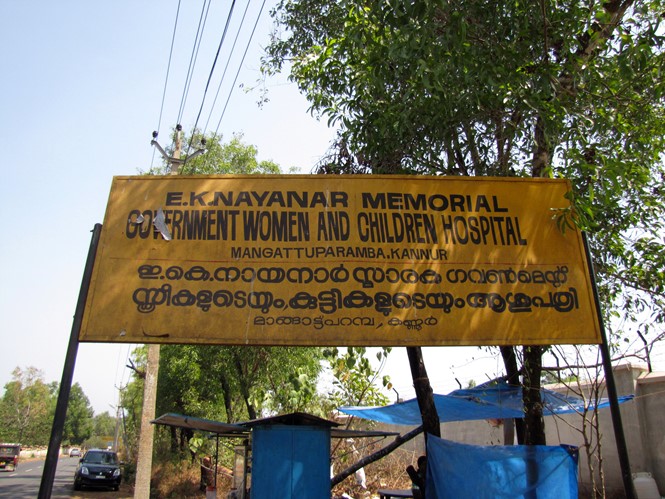The type writer: non-Latin typefaces

Bruno Maag explores the challenges of localising a brand’s typeface to
non-Latin scripts
It was only last year that Johnston, the iconic typeface for Transport for London, celebrated its centenary. Although Johnston is recognised by visitors from around the world, London has many other typographic faces to offer. Several boroughs have street name signs written using Albertus, a typeface designed by Berthold Wolpe in the 1930s, while others use grotesque type styles. The diversity of type styles across London reflects the diversity of its population, and in London’s East End you can see this diversity further reflected by bilingual street name signs in English and Bengali.
In the west, we have an almost colonial expectation that everything is written using the Latin alphabet in every part of the world. For most of the world, it is necessary to provide information in English, using the Latin alphabet, simply because of the diversity of languages and writing systems used. Malaysia, for example uses Latin, Chinese, Malayalam and Arabic in most communications. Establishing a coherent typographic identity, with letterforms that feel as if they are from the same mould, is exceptionally difficult. Off-the-shelf solutions are rare, particularly for lesser-used writing systems.
Consumers of non-Latin markets are increasingly brand aware and design literate. They expect every brand to communicate with them at
the same visual quality as in the brand’s home market. That means typographic expression must be carefully planned, from logo and wordmark transliteration, to the fonts used in all communication.
For many markets, letterforms are an integral part of their culture. The challenge for a successful multi-script typeface is to visually harmonise the writing systems while staying true to local cultural expectations. Some brands, such as Intel and HP, have achieved precisely that and can now communicate coherently with about two-thirds of the world’s population – a genuine return on investment.
Bruno Maag is the chairman of Dalton Maag
For more from Transform magazine, follow us on Twitter @Transformsays












